Announcer:
The following program is a PBS Wisconsin original production.
Frederica Freyberg:
Professional licensing delays are creating a crisis and compounding the work force shortage. The state of education remains optimistic, but the long-haul effects of the pandemic endure for children and families, and a community development project represents what’s possible for inclusive, low-income housing.
I’m Frederica Freyberg. Tonight on “Here & Now,” addressing a bureaucratic backlog, the newest leader of the state’s professional licensing agency, Dan Hereth, joins us. A rural school psychologist says the pandemic slide is worse than we thought, and Murv Seymour reports on equitable community housing. It’s “Here & Now” for September 23.
Announcer:
Funding for “Here & Now” is provided by the Focus Fund for Journalism and Friends of PBS Wisconsin.
Frederica Freyberg:
The work force shortage impacting the lion’s share of the job market is slamming pharmacies. With the added workload of providing vaccinations and booster shots, the crisis-level shortage of pharmacists and technicians is leaving some to turn patients away or wait days for a prescription to be filled but the shortage could be alleviated. The Pharmacy Society of Wisconsin says more than 200 pharmacists have experienced severe delays in their licensing processing preventing them from working. It’s not just pharmacists. Nurses, therapists, and other professions are feeling the frustration. For answers as to why this is happening, we turn to the new secretary-designee of the Department of Safety and Professional Services in charge of approving these licenses. Dan Hereth joins us now and thank you very much for being here.
Dan Hereth:
Absolutely. Thank you, Frederica, for allowing me some time to join you today. This issue is certainly one that’s near and dear to our hearts at the agency. Licensing folks throughout Wisconsin is a responsibility that we take incredibly seriously. You know, we are certainly in some uncertain times — have been for a few years now — and the most recent iteration of that is work force shortages. We certainly at the department experienced those. Those out there in our communities are experiencing those. You know, record high labor force participation, record low unemployment, those are good things, but they leave us with new challenges to face, and, certainly, we’re working towards that. At our agency, we work with over 240 unique credentials. Over the last six years, licensing volume has been increasing dramatically every year. Over 100% increase in that timeframe, and while we are proud of the progress we’ve been making as of this year, we’re issuing licensing 40% faster than we’ve ever issued them in the history of our department. We are licensing more people annually than we’ve ever licensed in the history of the department. We certainly know that there’s more work to do, and part of that work is our budget, and so the last two budget cycles, we requested some additional positions. Those requests certainly haven’t been fully met, and we’re going to request more positions in this budget cycle because, as you well know, serving our folks here in the state of Wisconsin is a top priority.
Frederica Freyberg:
So I want to circle back to some of the points you’ve made, but, first, what can you tell people wanting to work in their field, but they’re still waiting for their license?
Dan Hereth:
You know, my best advice is always to log in to the system, particularly for folks who applied in our brand-new system licensee. Again, the — that technology combined with some of our efforts internally have allowed us to issue licenses 40% faster, but with the uptick in volume, we definitely need more help in terms of positions to be able to move that forward.
Frederica Freyberg:
In fact, you describe having been critically short staffed there at the agency. Describe how many people have been handling what kind of volume of applications and inquiries.
Dan Hereth:
Yeah. Absolutely. So as of about six years ago, there was on an annual basis anywhere from about 25,000 to 30,000 licenses that were applied for. In the recent biennium, that number crept up to over 60,000. Unfortunately, just like the labor shortages hitting employers across the state, it’s hitting our agency, too, and short-term employment is not something that makes sense for a lot of people in this environment. So that’s why in our recent budget, we’re requesting an additional 30 FTE to allow us both to communicate better with applicants who have questions or need help moving through the process, but also, then, to process things.
Frederica Freyberg:
So the agency went to an online license application process, I believe, it was just this past spring, but the pharmacy society tells us they’ve got 200 applications in the pipeline right now saying the new system does not seem to have helped the delays. What’s your response to that?
Dan Hereth:
Yeah. You know, I think at this point in the year, there’s always going to be license holders in some — or perspective license holders in some stage of the process. Licensing is — is, as you may be aware, not necessarily a vending machine-type process. It is iterative. It often involves multiple steps that are dependent on one another, and so with the new system, I can tell you that the numbers bare out. We’re licensing people 40% faster, so we went from a 76-day average historically down to now a 45-day average in 2022.
Frederica Freyberg:
It’s funny, the 76-day average or the 45-day average, I mean, we had been hearing reports of people waiting months for their license.
Dan Hereth:
Yeah. You know, I hear those things too, and I find oftentimes when people come to me with particular concerns, and I get e-mails directly from applicants asking for assistance, the reality is oftentimes if we’ve been waiting months, there are a variety of factors that can impact that, whether it’s time it takes to move through the testing process with national exams or it’s time that it takes to get documentation to the department. Our goal at the department is to move through the incoming information as fast as possible, and the reality is, as I’ve said several times, we need additional staff to do that. Now, in terms of those folks, the other part of that equation is at the end of the day, some folks need additional assistance to move through the process. It’s not always clear to everybody what the steps are or what may be the missing piece for them, and that’s why the communications aspect is so critical. We have, and we’ve asked for staff in the past. We have six FTE to answer roughly 5,000 to 10,000 phone calls in a given week. Obviously, that math does not work. We’ve requested staff to do just that in past budgets and are going to request those staff again in this next budget.
Frederica Freyberg:
So if short-staffed hospitals can’t put nurses back to work and pharmacists can’t potentially fill prescriptions in a timely fashion, or therapists can’t start their new job because they are waiting for their license, what kind of burden does this continuing kind of license log jam put on those who need care?
Dan Hereth:
You know, certainly, it’s something, again, as I stated when we started the conversation, that we all take personally. Serving the citizens of Wisconsin is a top priority, and that’s why we move quickly to implement the new licensee, which has aided us in dropping license times significantly, and, you know, it’s going to take all of us working together to allow the agency to serve the folks in the way they need to be served.
Frederica Freyberg:
All right, Secretary-designee Dan Hereth, thanks very much.
Dan Hereth:
Absolutely, thank you.
Frederica Freyberg:
Governor Tony Evers this week called for an October 4 special session of the legislature, which Republicans have already said they will gavel in and immediately gavel out of. The measure they are tasked to take up: statewide ballot initiatives. The process allows Wisconsin citizens to circumvent the legislature and use the ballot box to vote in state law. In a press conference, the governor said this would allow Wisconsin voters to directly take up abortion.
Tony Evers:
Wisconsin’s current laws do not allow voters to change state law by referendum. Voters cannot introduce referenda or initiatives to be voted on by the people of Wisconsin. I’ll be calling on the legislature in the special session to take up a constitutional amendment that will enable the people of Wisconsin to go to referendum and repeal our 1849 era criminal abortion ban to ensure women across our state will go back to having the same rights now that they did the day before the U.S. Supreme Court overturned Roe v. Wade.
Frederica Freyberg:
Also at the State Capitol this week, the state’s superintendent of public instruction, Jill Underly, delivered the annual State of Education address.
Jill Underly:
We can find incredible examples of social/emotional learning and community building integrated in our classrooms all across Wisconsin. [applause] And that’s wonderful and absolutely needed. It absolutely strengthens the emotional health of our students. We also need to support our students even more with access to mental health services, and that need from community and for community and for mental health services has always been there, and it’s become even more apparent and important as we move through the COVID-19 pandemic. It’s unfortunate that critics will latch on to test scores when there’s so many other needs, and so many other things that we should take precedence in a once in lifetime or once in a century pandemic. The past few years were incredibly difficult conditions to learn, but also to live and to thrive, and the test scores showed us exactly what we knew they would. That kids, families, adults, really everyone, was impacted differently, and our most vulnerable students and families were impacted the most. COVID-19 has asked a lot of our kids, and it’s asked a lot of our educators, and I believe in the resilience of our students and of our schools. I also wish they didn’t have to be resilient.
Frederica Freyberg:
The chair of the Senate Education Committee was quick to criticize the address and the superintendent. Senator Alberta Darling released a statement saying in part, “The DPI Secretary refuses to acknowledge failure. Under her watch, too many children in our schools are failing. There was not a single acknowledgment,” she said, “that less than one-third of students are proficient in English or math.”
Since 2020, the pandemic academic slide in schools is well-documented. According to the nation’s report card, K-12 schools in the Midwest slipped the most in the country with reading scores down 7 points and math down 9. Overall, the worst slip in 30 years, but according to our next guest, it might not be just virtual learning to blame. Amery school psychologist and president of the Wisconsin School Psychologist Association, Katie Johnson, joins us, and thanks much for being here.
Katie Johnson:
Thank you for having me.
Frederica Freyberg:
What are you seeing in your district and statewide, really, about how far behind students are academically this school year because of this pandemic slide?
Katie Johnson:
We are seeing a big slide back backward, and we’re not only seeing it — it’s not just proportional to the amount of time kids have been off school, that’s what I think stands out to me. It seems bigger than what we would expect given the amount of time that kids actually missed school, which leads me to believe there’s something more to it than just that time off of school and missing instruction.
Frederica Freyberg:
How surprised were you by the — what you’re describing as a major slip in academics?
Katie Johnson:
I think we’ve all been very surprised by it. You know, we expected, if we didn’t give face-to-face academic instruction, that there would be a slip, but we didn’t expect a large slip, and we didn’t expect the behavioral slip we’ve seen as well.
Frederica Freyberg:
You said that there were other things at play, and one of those, I understand, from you, is this behavioral issue. Describe what that is and where you are seeing it.
Katie Johnson:
We see it all the way, K-12, preK-12. We are seeing kids who just aren’t adjusted to classrooms. They don’t know basic rules. You know, how to sit still, how to maintain attention. I think being home was very different in a different environment. So — and you talked about where — what we see it coming from is I think it’s more than just not being in school. I think it’s stress on families and it’s the impact that the pandemic had on homes and families and people’s occupations and we’re seeing that all culminate in kids’ academic and behavioral success in school.
Frederica Freyberg:
If behavior and mental health problems are worse, how well equipped are schools to help?
Katie Johnson:
Schools are very well equipped to help. We have mental health providers in schools. We have school psychologists, school counselors, school nurses. We have a lot of people who work in schools to help, but I do think it is a bigger issue than just schools. I think we need to work as communities and statewide to really support kids to kind of get back to a more typical way of functioning.
Frederica Freyberg:
Do you feel as though the general public and even families understand the extent of this problem that schools are seeing in their students?
Katie Johnson:
I don’t think they do. I think they expect that now that we’re back in face-to-face school, the time –things are just back to normal, and they are not understanding there’s real large systems differences in our schools now.
Frederica Freyberg:
How important are happy learners to their academic success?
Katie Johnson:
Well, we know we don’t learn very well unless our basic needs are met and we are comfortable. So for kids to be really calm and confident and feeling good about coming into the school day is really important. Those are some of the needs we need to meet before we can meet those academic needs.
Frederica Freyberg:
So what does that mean in the classroom for teachers, even outside the nurse’s office? How are teachers kind of addressing this and caring for that first before they even open a book?
Katie Johnson:
I think they are definitely doing more things to help kids adjust to the classroom, to help kids feel safe, to make sure kids’ basic needs are met there. They are caring for the whole student and not just teaching to their academic needs.
Frederica Freyberg:
In your mind, can these students that have weathered this recover from it?
Katie Johnson:
Absolutely. You know, I think kids will recover. Kids are resilient. Things change over time. Education changes. Society changes. This, too, shall pass, but I do think right now it’s really important for us to be doing the best we can to support kids, you know, and to pouring into mental health programs in our schools, to pouring into those before and after school programs. Anything that supports kids so that they have the best chance of bouncing back and getting back to whatever a new normal is.
Frederica Freyberg:
Do you have anticipation that that kind of — those kinds of resources or support will be forthcoming to the schools across Wisconsin?
Katie Johnson:
There have been resources we’ve been accessing to provide additional programming. It’s really important we continue to do that. There’s a shortage of school mental health providers, school psychologists among them, so we definitely want to keep pouring into that and creating more opportunities for kids to get those needed services.
Frederica Freyberg:
All right. Katie Johnson from Amery, we really appreciate your time.
Katie Johnson:
Thank you.
Frederica Freyberg:
This is a special week for those living in the Bayview community of Madison. By the end of the month, nearly 50 people will be living in new apartment homes after years of planning and fundraising. “Here & Now” special projects journalist Murv Seymour tells us how Bayview’s past could help shape the future of affordable housing across Murv Seymour the state.
Mary Berryman Agard:
All the housing on the triangle including Bayview is low-income housing.
Murv Seymour:
On the edge of Madison’s south side —
Mary Berryman Agard:
Bayview is 50 years old.
Murv Seymour:
— sits a tiny community that represents a slice of Wisconsin’s diversity.
Mary Berryman Agard:
It has been for 50 years, a center of really quiet promise.
Xong Vang:
Bayview has always been culturally diverse.
Mary Berryman Agard:
This is an area of the city that used to be originally Ho-Chunk land. Then it became later on land that was settled by waves of immigrants coming into Madison: Albanians, Italians, Jewish people, African-Americans.
Xong Vang:
My parents lived here before I did. My neighbor’s parents lived here. Language might be a barrier, but it doesn’t stop the residents from engaging and talking to one another, and, you know, just having a sense of community.
Nina Okwali Nanonah:
Bayview is a place I love. I’ve been here for over 18 years.
Murv Seymour:
Nina Okwali Nanonah and Xong Vang are long time Bayview residents. Both say —
Xong Vang:
Here it’s more than just townhomes, side by side, more than just brick buildings side by side. Everyone knows everybody: the parents, the kids, the grandchildren.
Nina Okwali Nanonah:
We look out for each other. Your kids can go out and play without you getting worried of anything happening. It is a place that’s really, really free, safe, and is centered on families.
Mary Berryman Agard:
We have a different way of providing housing.
Murv Seymour:
That different way also provides —
Mary Berryman Agard:
Job services, social services, some health services, education, children’s programs. The importance of Bayview is it is one of the most successful affordable housing communities around.
Nina Okwali Nanonah:
You can wait for five, six years waiting to get one apartment that’s affordable.
Alexis London:
Building affordable housing in urban environments close to the things that people need to get to is really essential. We’re located within a mile of downtown Madison. We are only blocks away from campus. We are blocks away from the Monona Bay. Here, you have access to transportation, jobs, really good schools, banks, healthcare facilities, all of the things that all of us need.
Murv Seymour:
Also known as the Greenbush community and nowadays “the triangle” because of the unique shape of the block where it sits, the sense of diversity here dates back more than 50 years when the triangle first began to take shape. Back then, when city leaders chose to rebuild the area, it would have a devastating impact on this mainly minority community.
Alexis London:
I think that history on the triangle is one that, you know, is really complicated.
Mary Berryman Agard:
In the 1960s, that blossoming, fruitful, scruffy immigrant area was devastated by old school urban renewal. Federal money became available to cities all across the country to remove what was considered to be urban blight. Homes were bought out. You had to sell or you were going to be condemned out. So the neighborhood was taken down without really considering what would happen to the residents who lived there. People went out to secure housing, and there was not more affordable housing to be had. They lived with relatives. They lived outdoors. Sleeping in what’s now Brittingham Park. They left the community. They tripled up and rented apartments. You know, they survived but not well and not, perhaps, fairly. A group of advocates who at that time said, you can’t just take down all this housing where these low-income people are living. Where are they going to go? What are you doing, city of Madison?
Murv Seymour:
It is 2021. Groundbreaking day on a $55 million renewal effort that will fund new accessible apartments, new townhomes, an expanded arts and recreation center. Bayview will be able to house 500 people, 200 more than it currently houses. Construction crews have been working on this project for a little more than a year now. They’re almost ready for people to move in, but unlike the past, this modern-day redevelopment is being done in a process called “design justice” which means the work being done here at Bayview is done with the voices and visions of the people that live here and not without them.
Xong Vang:
I’ve lived here for many, many years.
Murv Seymour:
Xong Vang took part in ceremonies that day. He couldn’t be happier about the transformation of this place he calls home.
Xong Vang:
I’m very excited for this redevelopment. These buildings are very, very old.
Mary Berryman Agard:
Across the state, people are just beginning to understand that when you redevelop affordable housing or housing of any kind, you redevelop it with the people who live there, not in spite of them, not without them. For us that meant holding 25 community meetings in three languages. We would say to our residents, what are your concerns about x? They would answer in the meeting, 1, 2, and 3, and we would say to the architects, did you hear that? They said, 1, 2, 3. Could you please come up with some solutions for 1, 2, 3, and come back to us.
Xong Vang:
They’d have little booklets of colors and say, hey, what color do you like? Do you like this one? This one? How do you want your roof line to be?
Nina Okwali Nanonah:
We’re making it possible for us to have a voice.
Alexis London:
Instead of having basements, we are making people’s living spaces larger. We are creating more storage rooms that are either in individual apartment units or in common areas. We are talking about shared sort of library of tools or event supplies that people might be able to use and share in the future. The arts are a big part of our history and our future. We are planning to double the size of the community center. We are planning to have additional community spaces that are classrooms that serve specific age groups, so we’ll have a commercial kitchen. We’ll have a special dedicated space for seniors and adults, for career development, for business planning, and we’ll have an early childhood space that will provide early learning experiences as well as parent engagement classes. Without this kind of a model of housing, people are going to end up completely stretched and taxed. They’re going to be paying more than 50% of their income on rent, so they won’t have as much money to pay for clothing, books, food, all of those essential services.
Xong Vang:
People need places to call their own, and a roof over their head so they can concentrate on things, simple things like work. Day care. Health.
Nina Okwali Nanonah:
When you are comfortable and you are in a place that’s good, you’re going to be happy.
Murv Seymour:
Without Bayview, Xong and Nina aren’t sure where they would call home.
Nina Okwali Nanonah:
I don’t really know where I would be living. As a foreigner, I probably would be stranded. I probably be homeless.
Alexis London:
That is a model of community development, of housing development, that the entire state would benefit from, and it could happen with all different types of communities. I think it is especially important that it happens in low-income communities of color because those people are typically the people who don’t have as much power, who are left out of the conversation.
Murv Seymour:
A conversation helping to create stronger housing, health, and community. Reporting for “Here & Now,” I’m Murv Seymour.
Frederica Freyberg:
The next phase of constructing more apartments and townhomes begins next month. The Bayview Foundation still looks to raise $1.4 million to complete the entire redevelopment by the fall of 2024.
For more on this and other issues facing Wisconsin, visit our website at PBSwisconsin.org and then click on the news tab. Join us next week for a look at the candidates running for U.S. Senate. That’s our program for tonight. I’m Frederica Freyberg. Have a good weekend.
Announcer:
Funding for “Here & Now” is provided by the Focus Fund for Journalism and Friends of PBS Wisconsin.
Search Episodes

Donate to sign up. Activate and sign in to Passport. It's that easy to help PBS Wisconsin serve your community through media that educates, inspires, and entertains.
Make your membership gift today
Only for new users: Activate Passport using your code or email address
Already a member?
Look up my account
Need some help? Go to FAQ or visit PBS Passport Help
Need help accessing PBS Wisconsin anywhere?

Online Access | Platform & Device Access | Cable or Satellite Access | Over-The-Air Access
Visit Access Guide
Need help accessing PBS Wisconsin anywhere?

Visit Our
Live TV Access Guide
Online AccessPlatform & Device Access
Cable or Satellite Access
Over-The-Air Access
Visit Access Guide
 Passport
Passport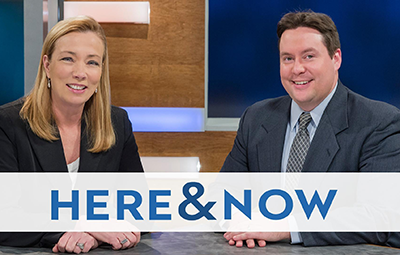

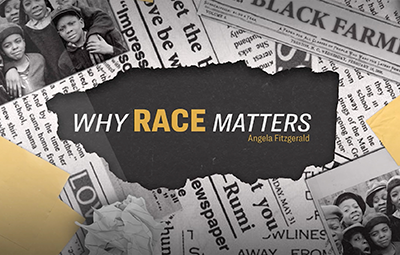



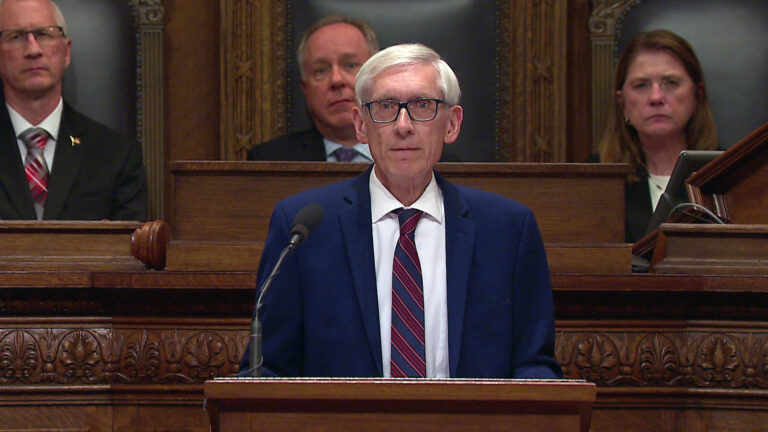

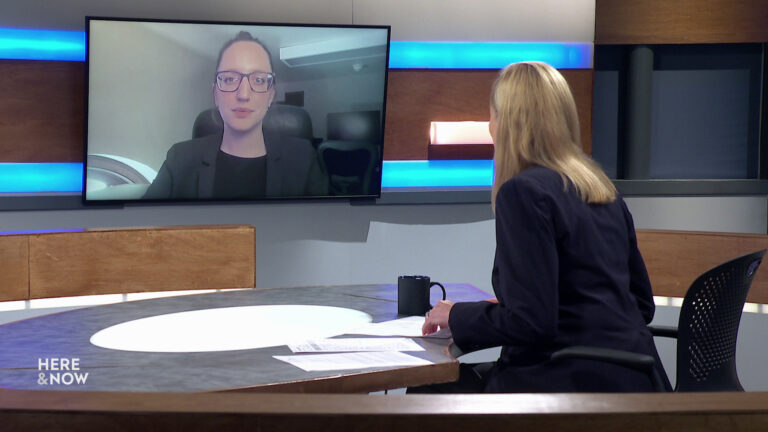
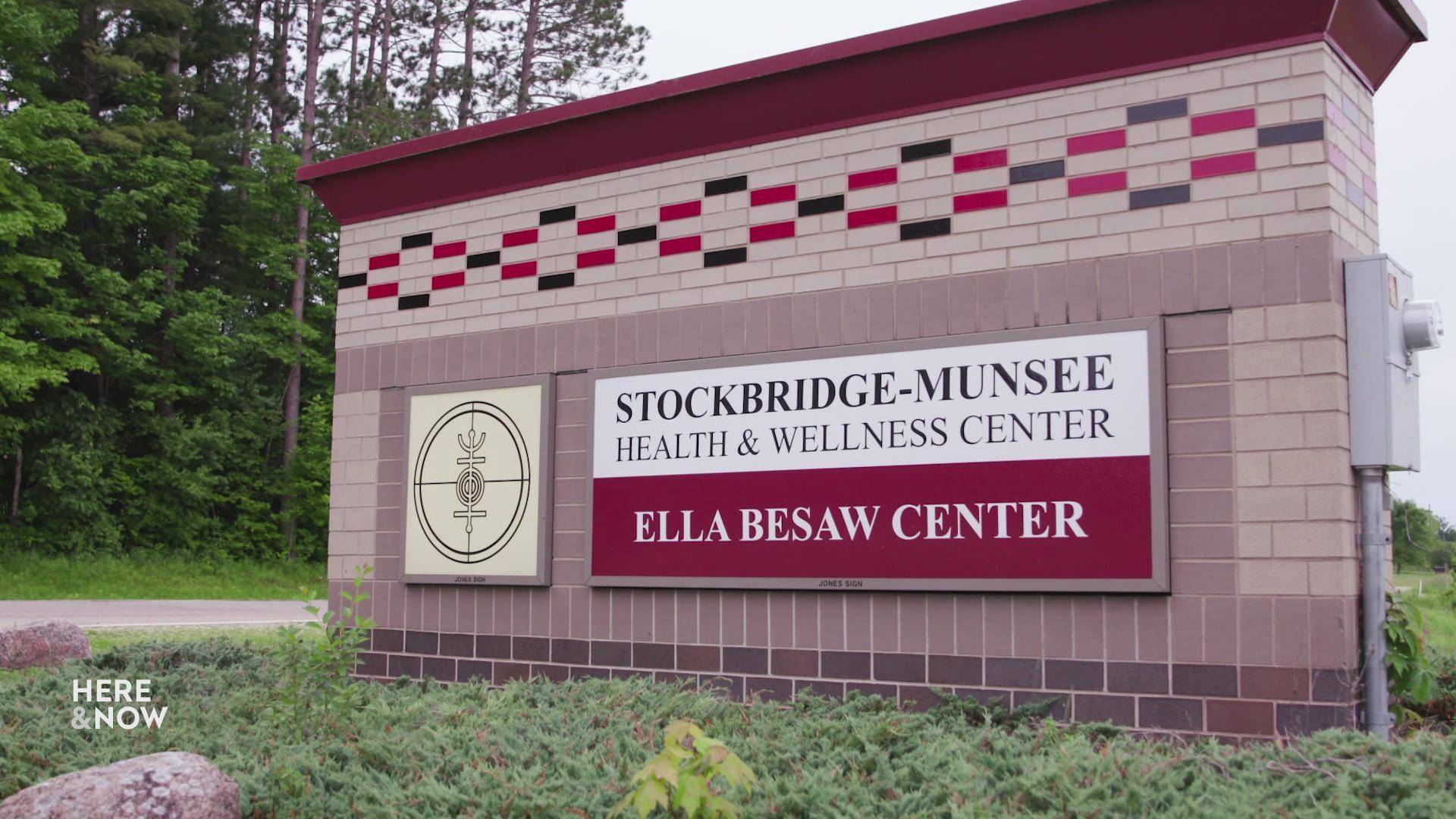
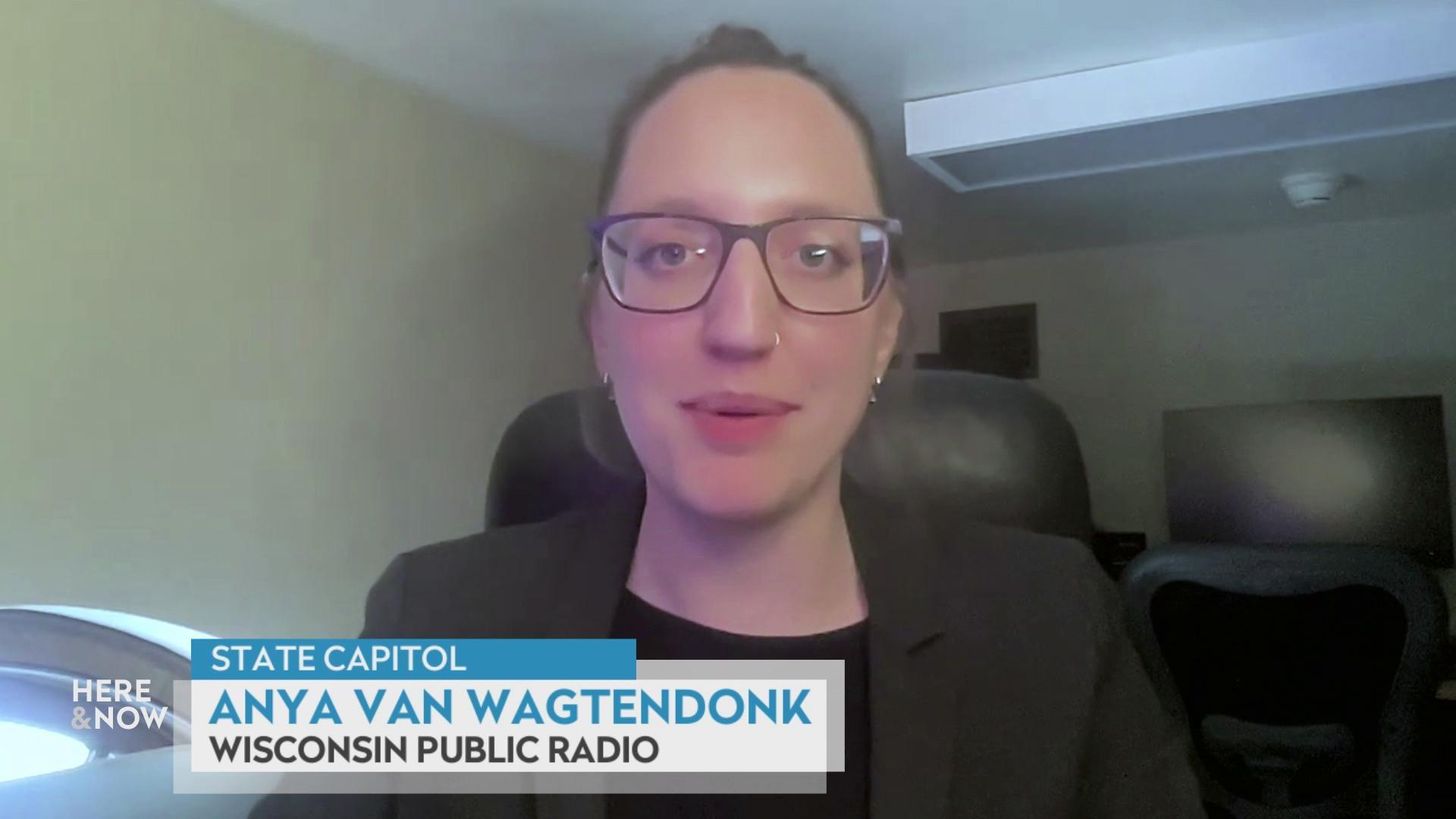
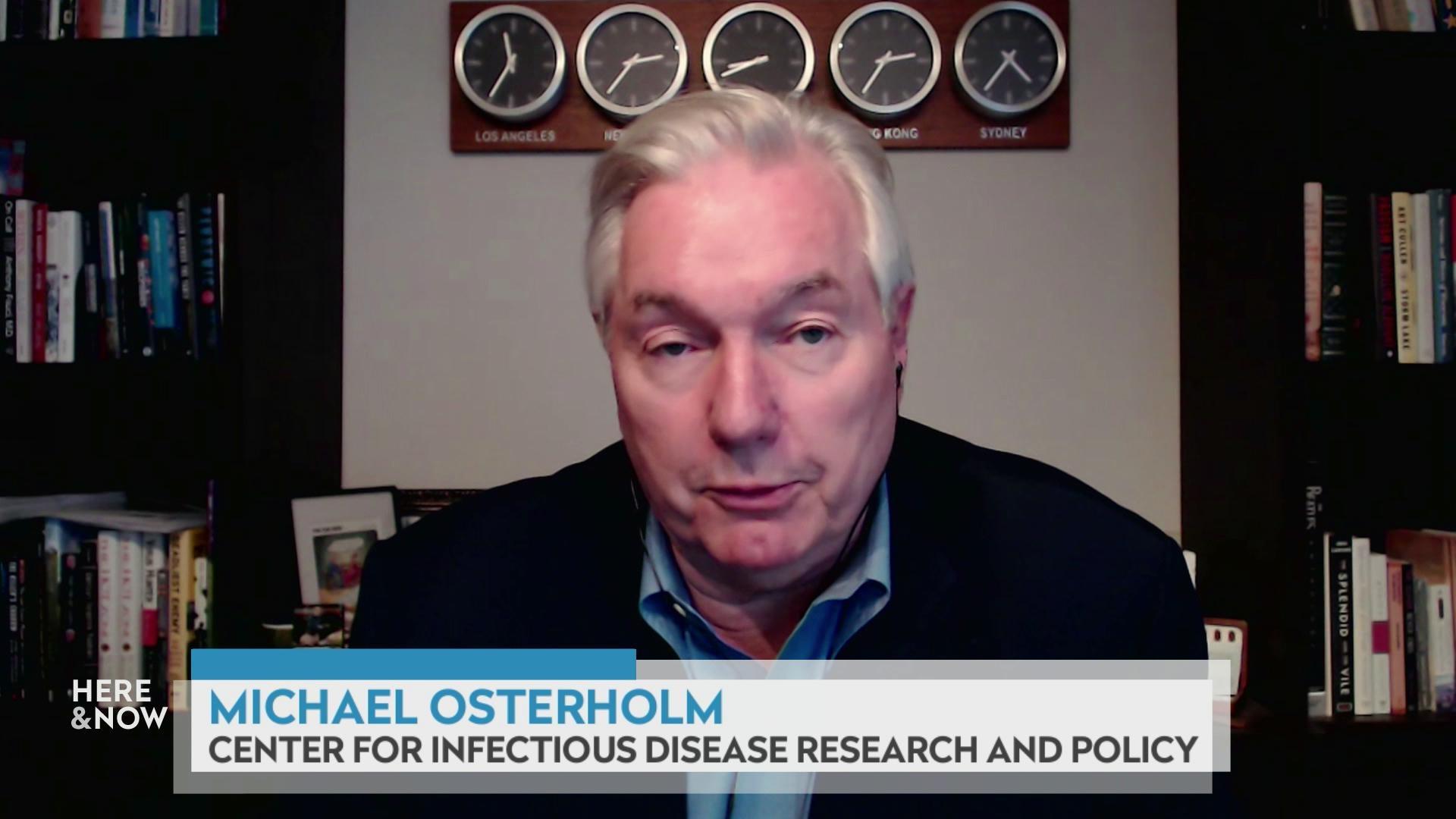
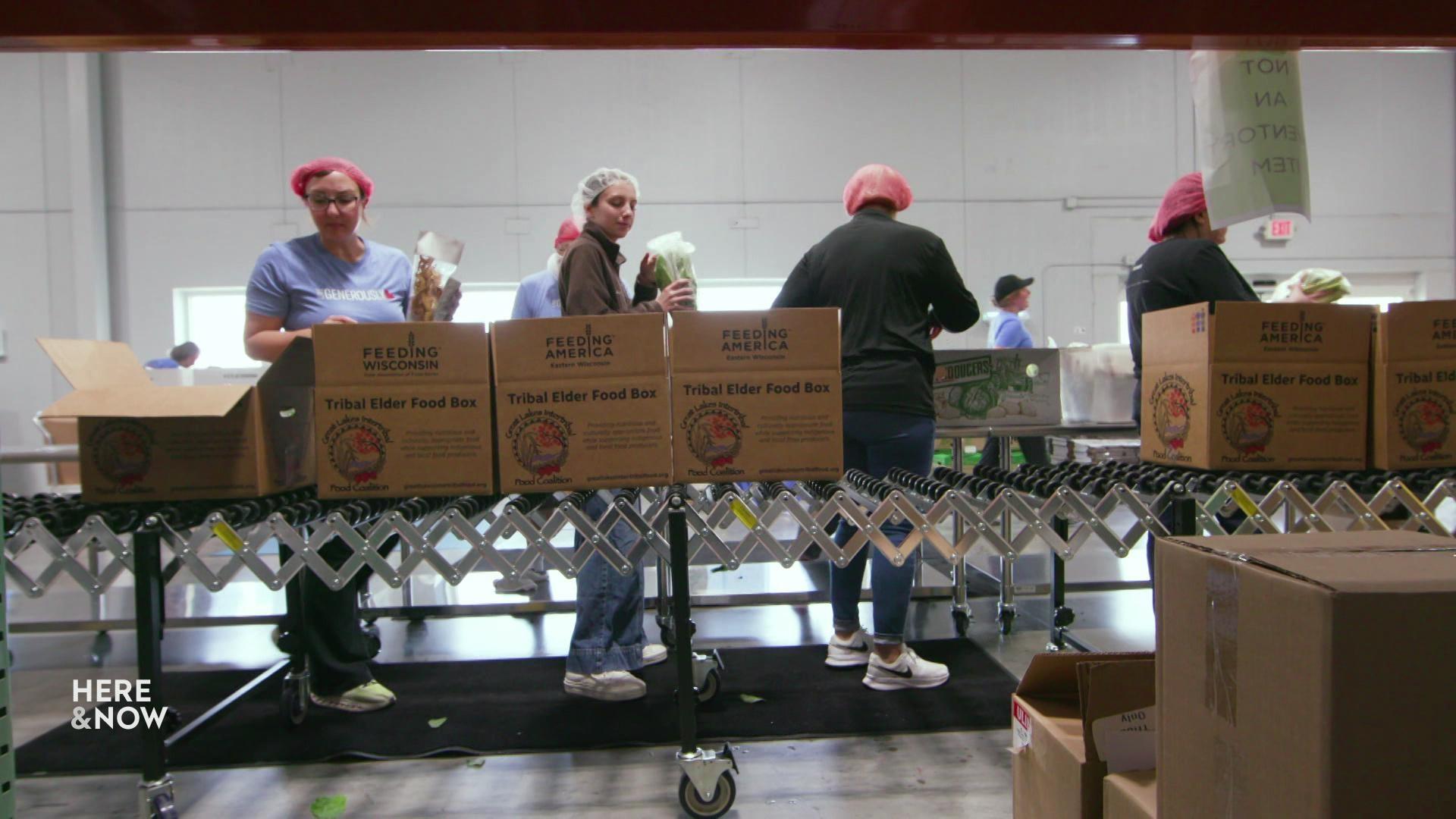

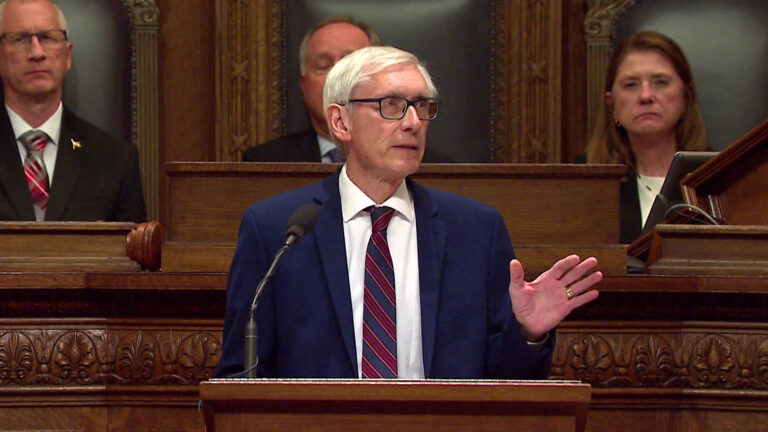
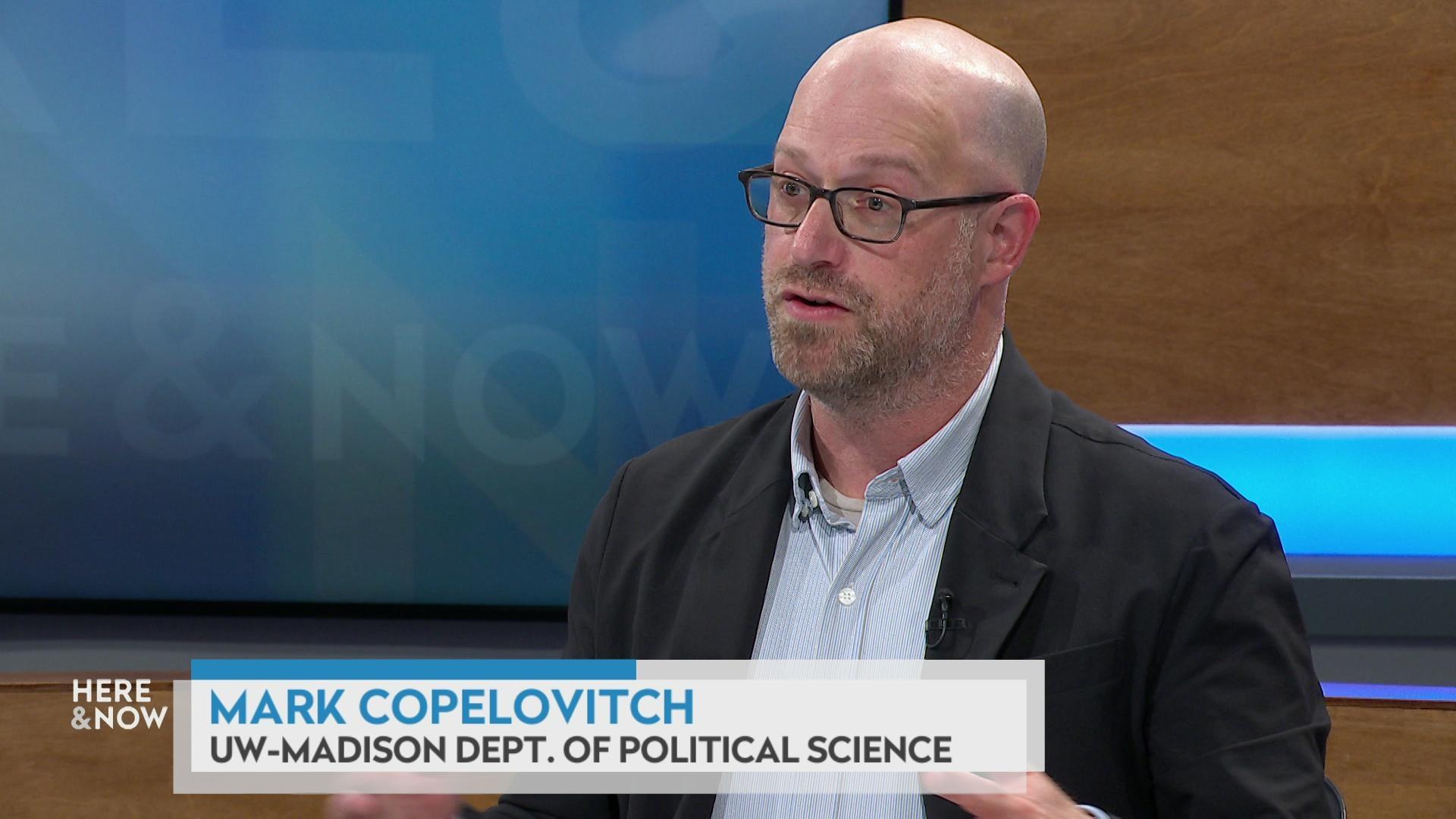
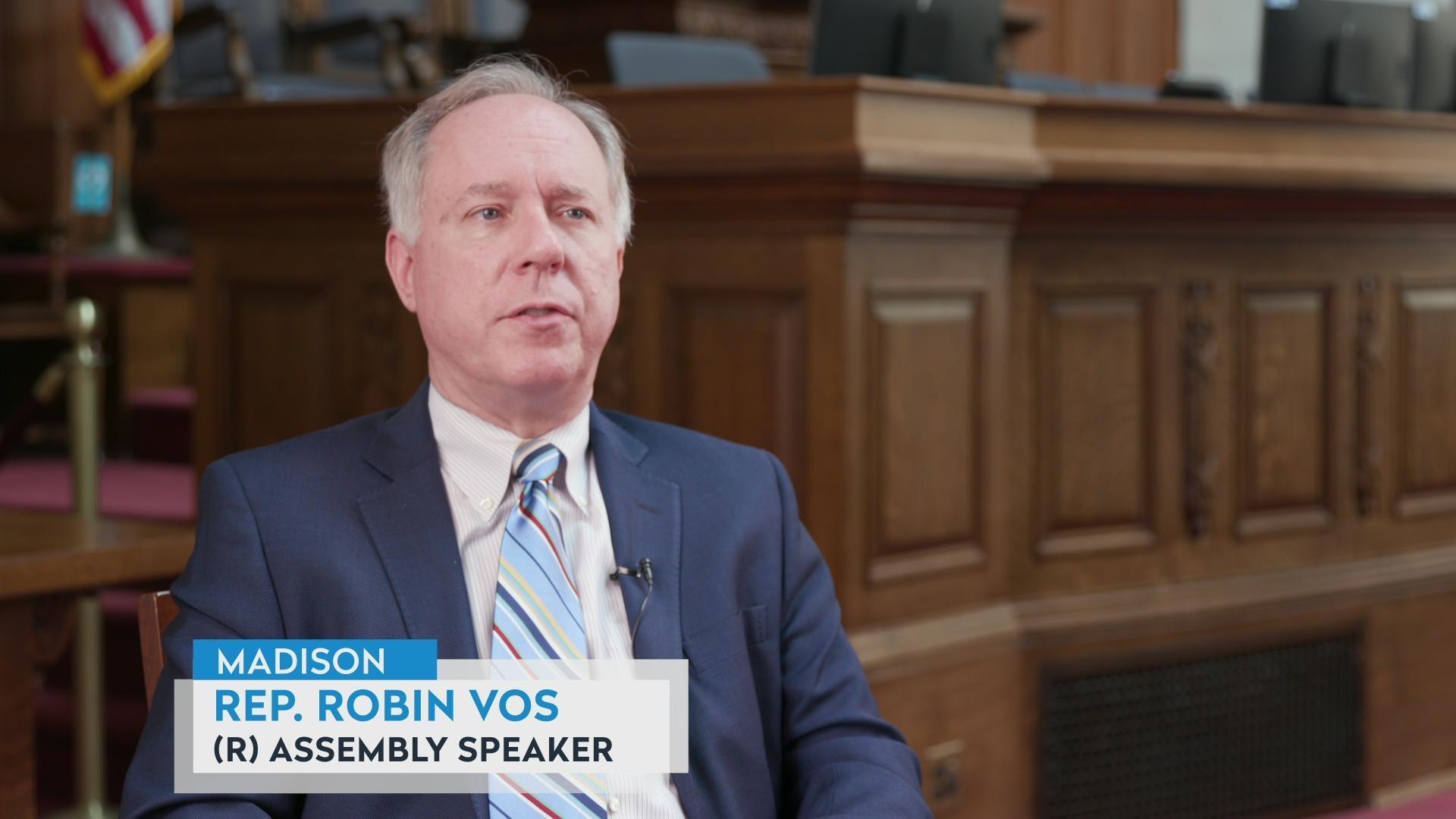
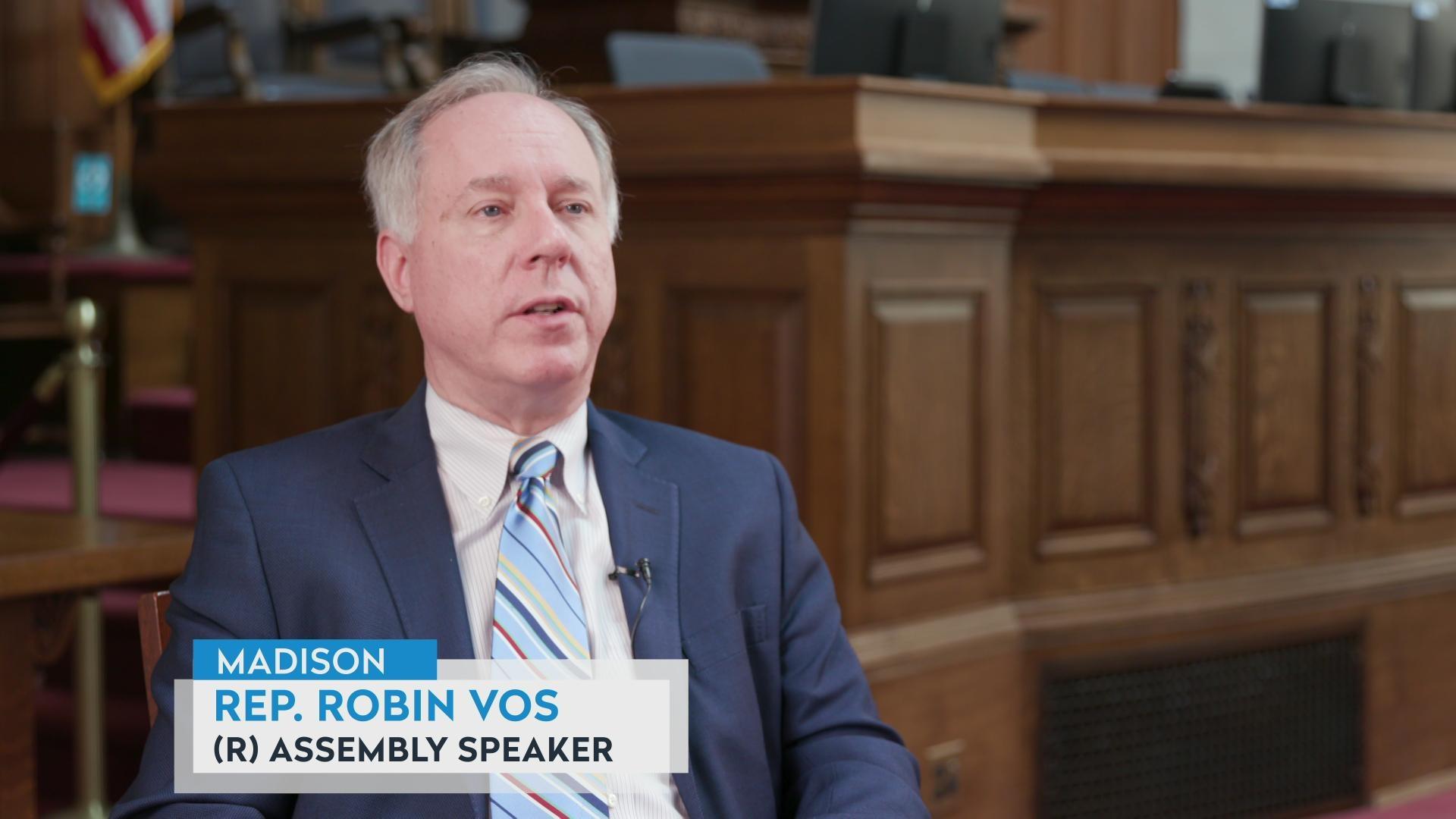

Follow Us